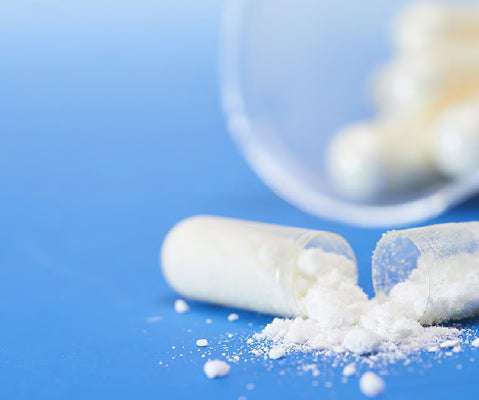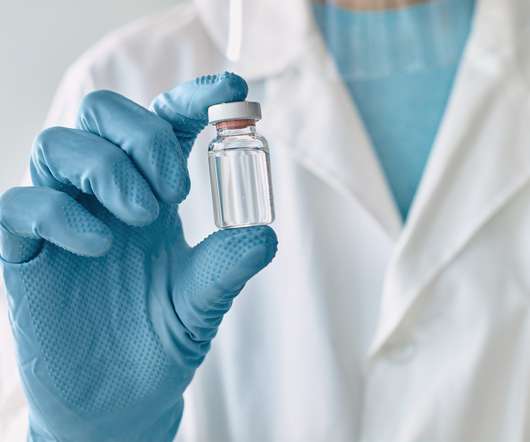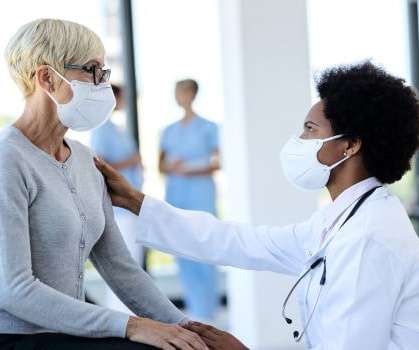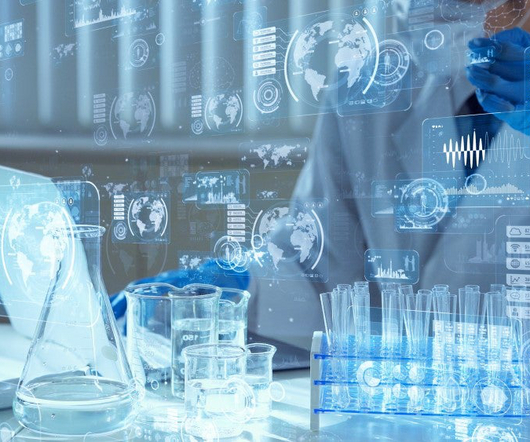Quality by design with a focus on biosimilars
Pharmaceutical Technology
OCTOBER 28, 2022
To demonstrate bioequivalence for a generic small molecule drug, a company must carry out a Phase I clinical trial in healthy individuals to ensure that the area under the curve and maximum plasma concentration for their drug is equivalent to that of the brand name drug. For biosimilars, however, this process is slightly more complex.












Let's personalize your content